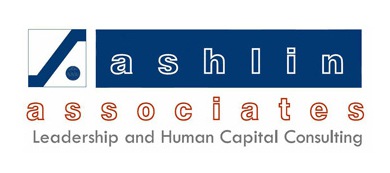Timing Is Everything
In a recent 360° interview for one of our clients, I encountered a fascinating perspective on communication. The interviewee remarked that our client communicates too much.
This might sound counterintuitive, especially since our coaching emphasizes frequent communication as a key ingredient for a high-productivity culture.
Upon closer examination, it became clear that our client’s eagerness to keep everyone informed led to a unique challenge: communicating in the moment. Here’s the catch: while this approach has its advantages – real-time updates, transparency, and responsiveness – it also comes with some downsides.
In some instances, our client would communicate concerns and issues without pausing to reflect, resulting in a follow-up with a solution shortly after. The lesson here? Timing and cadence are integral to communication effectiveness. If you’re naturally inclined to move swiftly, consider these nuggets of wisdom:
- Pause at times to ensure your communication is truly efficient.
- Reflect on whether a single, well-timed message could replace multiple rapid-fire updates.
- Remember that sometimes, a well-timed moment of silence can speak volumes.
In the grand symphony of communication, timing and cadence are the conductor’s baton.
Don’t Always Take the Blame
“It’s my fault,” he said. “I probably wasn’t clear with you when you started,” he continued. “I probably need to update your job description, and I know we’ve had a lot of change.”Ever encountered a leader who took the blame for their team’s underperformance? Let’s talk about it!
Mistake #1 of the 5 Actions of Positive Accountability: Not dealing with the issue. Or dealing with it in a roundabout way and taking much of the blame. Here’s the thing, it wasn’t entirely this leader’s fault that his direct report was underperforming. But some leaders are naturally conflict averse.
In some organizations, there’s room for improvement when it comes to setting performance standards. However, it’s crucial to remember that you can still be a positive force in your team and give direct, constructive feedback. It’s all about how you approach it, what you say, and understanding your team members.
It’s all about how you approach it, the words you choose, and your understanding of your team. Let’s aim for high performance and a positive culture together!
Kind Regards,
Paulette
5 Actions of Positive Accountability
www.ashlinassociates.com


